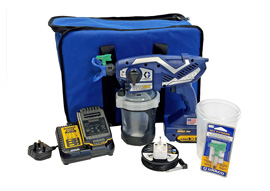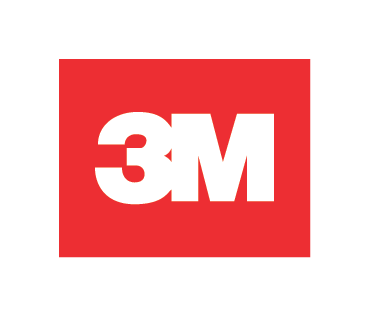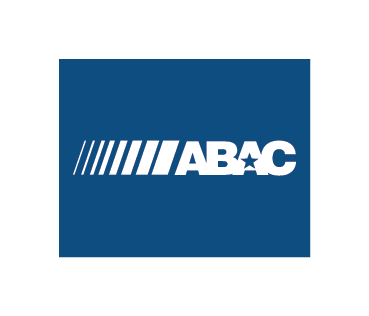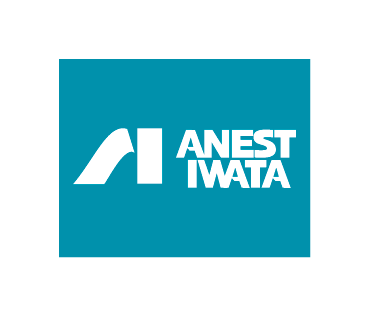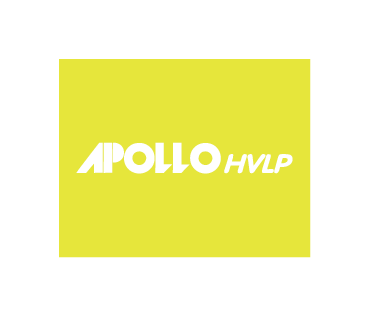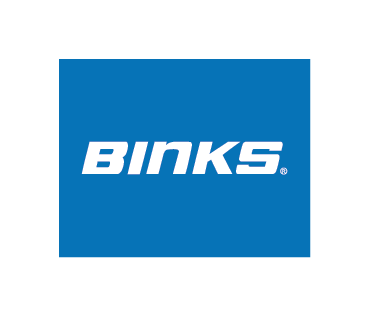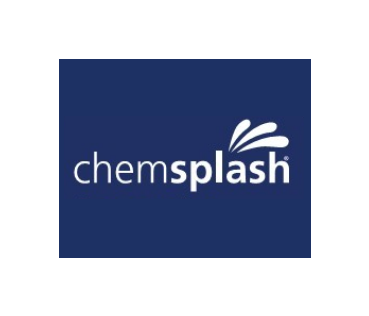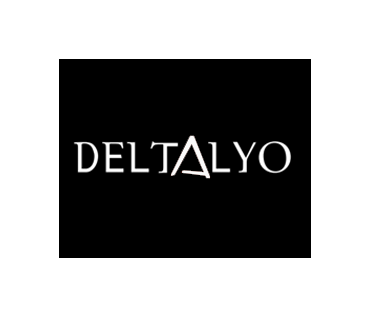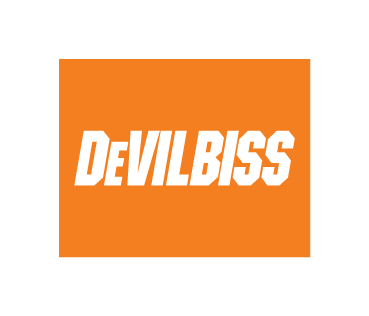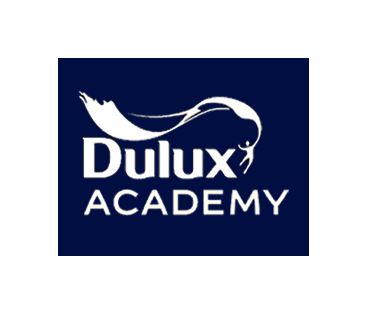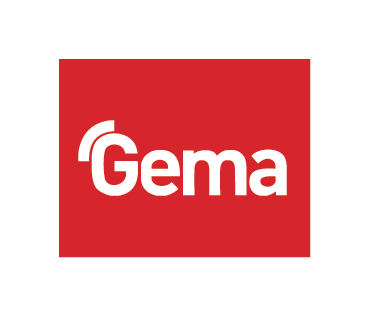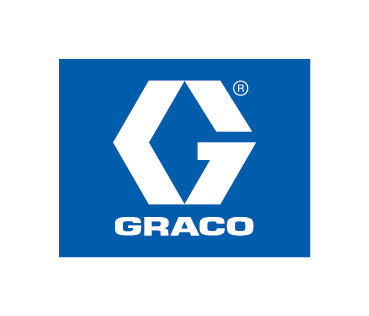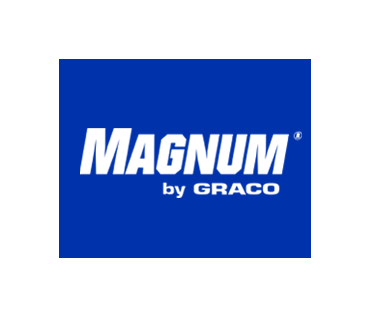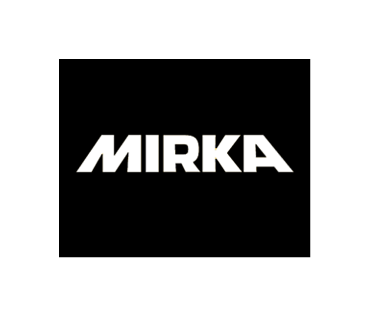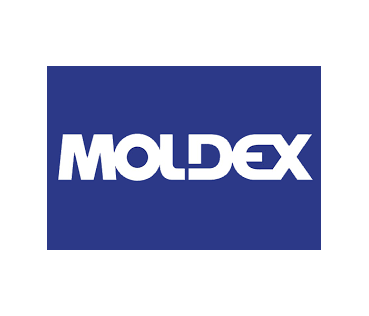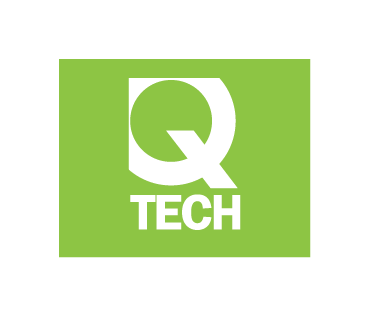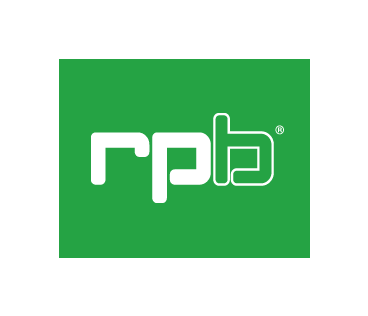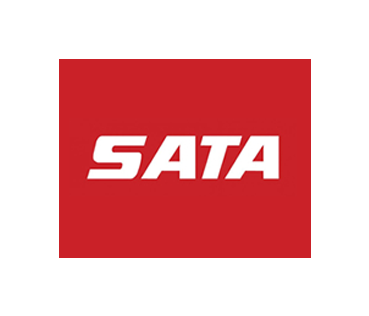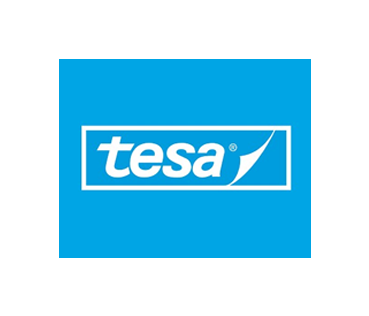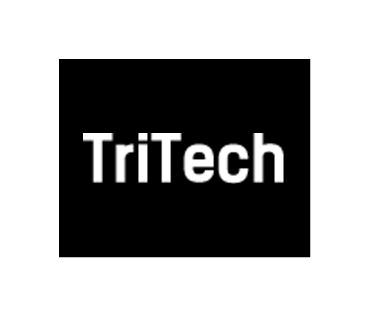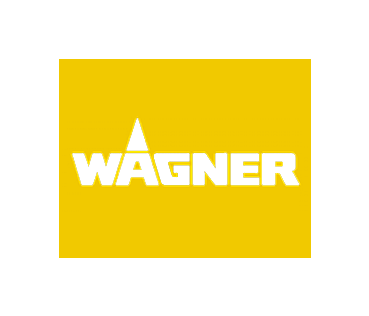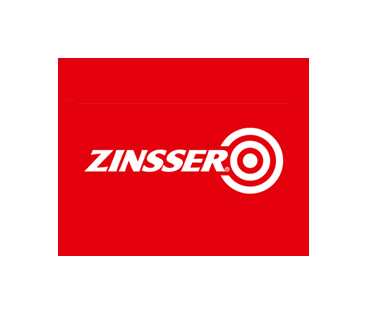About Paint Spraying
Airspray
- Suction Feed - material is drawn from fluid container by creating venturi across top of syphon tube fitted in cup.
- Gravity Feed - as name suggests, material is gravity fed from cup positioned above the spray gun.
- Pressure Feed - material is fed to spray guns via pressure pot or remote cup under pressure. Pressure is applied by air within pot to force material up hoses to spray nozzle.
Atomisation of Paint
Paint is atomised by high pressure, high volume air bombarding paint coming out of fluid tip, which breaks it up into cloudy spray pattern. A solid coat of material is achieved by overcoating several times in various directions.
- Very good finish achieved
- Good control ability
- You can use small amounts of material
- Poor transfer efficiency: 60% waste, i.e. overspray
- Slow application rate
- Can only spray low viscosity paints
HVLP (High Volume Low Pressure) / Compliant
- Material is fed to spray gun by either pressurised pressure cup or pressure pot (as described in airspray section)
Atomisation of Paint
Paint is atomised by high volume low pressure (approx. 6psi) air bombarding the paint being delivered through the spray gun fluid tip.
- This spray finishing system is approximately 80% efficient compared with conventional airspray
- Will show good paint saving
- Environmentally friendly
- Far cleaner application, therefore safer working environment and less spraybooth maintenance
- Slow application rate
- Low viscosity materials only can be sprayed
Airless
How airless spray finishing works
Material is drawn into the pump under suction, then hydraulically or pneumatically compressed under high pressure by means of double acting pump or diaphragm unit from 0-5600psi depending on the pump specification. The material is then forced through the tip of a spray nozzle of a size between 9 and 55 thou, dependent on material being applied, which creates the atomised spray pattern.
- Fast application - 200 to 250 M²/hour
- Good transfer efficiency
- Application of high build coatings
- High film build
- Poor control
- Reduced quality of finish compared to airspray
Aircoat / Air Assisted Airless / Airmix
How Air Assisted Airless works
This is a combination of airless and airspray. Atomisation is created by using 50-70% of the normal airless pressure required to create material atomisation. With this amount of airless pressure the spray pattern will have tram lines bottom and top. This is known as tailing. By introducing a small amount of air (25-30psi) to the paint alongside the spray tip the tramlines are eliminated and a fully atomised spray pattern is achieved.
- More control than airless but with similar speed of application
- Better transfer efficiency through spray nozzles than airless and conventional airspray
- Better quality finish to product than airless, more like airspray finish
- No obvious disadvantages to this spray finishing method
Electrostatic
All previously described spray finishing systems are available in electrostatic versions.
How electrostatic works
The material to be applied is charged with a negative charge up to 90KVA. When the material is sprayed from the gun it goes for the closest earth which is the workpiece. The charge in the paint causes a large percentage of the paint to be attracted to the edges and rear of the workpiece.
- Greatly reduced overspray
- Paint saving
- Low booth maintenance
- Labour saving
- Less spraying ability required
- Product has to be guaranteed earthed
- Paint has to be suitable for electrostatic use
Plural Component
This equipment is available in airspray, airless or air assisted airless forms.
How plural component works
The base and activator are pumped to a mier manifold or plural compenent spray gun separately. They are then mixed and applied immediately to the workpiece via the spray nozzle.
- Labour saving
- Material saving
- Guarantee of correct mixing
- Allows short pot life materials to be applied
- Can be difficult to use
Heating of Paint
This allows less thinners to be used to achieve a spraying viscosity. Higher film builds or materials to be applied. Faster drying time.

